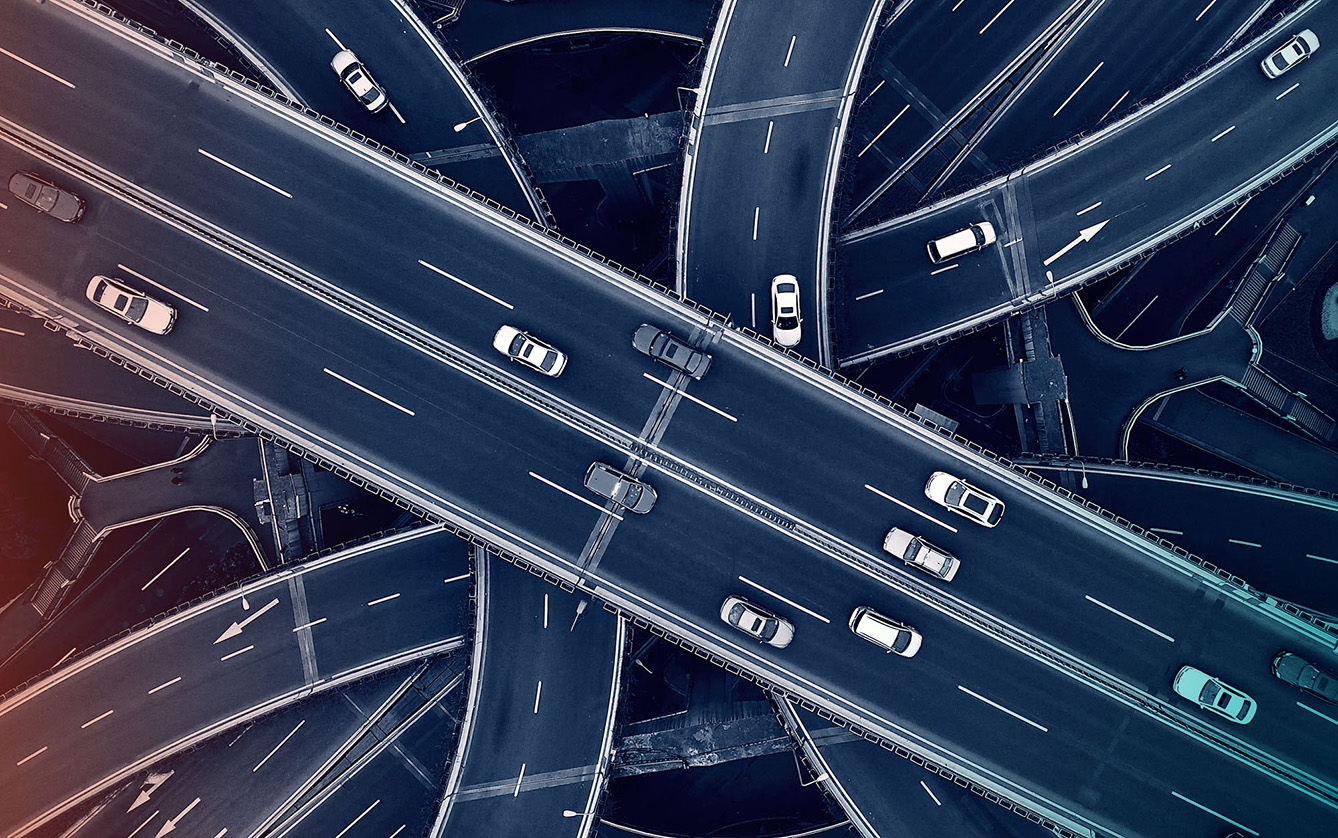They say that thanks to the internet, the world has become a global village. It is certainly true that the online world has helped us strike friendships with people from other countries and engage in business activities with foreigners like never before in history. Nevertheless, people in Central Eastern Europe face difficulties when it comes to actually visiting their friends and business partners in neighboring states.
The highway network in the region has yet to take on a true transnational character, and as a result, there is a lower level of mobility in the region compared with Western Europe. The situation looks better if one wishes to go on the road and head west. Highways connecting cities such as Zagreb to Milan, Budapest to Vienna and Warsaw to Berlin are of high quality, increasing the possibilities for cultural and economic exchange.
One of the main drivers behind the creation of the Three Seas Initiative in 2016 was the need for better infrastructural links in the region. This new form of cooperation, consisting of 12 states stretching from Estonia in the north to Bulgaria and Croatia in the south, is focused on integrating the spheres of transport, energy and digitization in the area located between the Baltic, the Black and the Adriatic seas. One of the Three Seas flagship projects is Via Carpatia, a transportation corridor consisting of motorways and expressways leading all the way from Klaipėda, Lithuania to Thessaloniki in Greece.
Improving the quality of life in the Three Seas region
How will this road improve the life of the region’s average resident? The benefits come in many forms, both direct and indirect. A European Commission study cited in the Financial Times came to the conclusion that travel by road and rail takes two to four times longer in Central Eastern Europe than in comparable terrain in Western Europe. Such disparities will be alleviated by the new highway, which will form a backbone supporting the region from north to south. It will make it easier for people to take a job or continue their education in a nearby university, even if these opportunities are located a good 50 or 60 km from their home.
This constitutes an increase in labor mobility, which in turn results in lower unemployment in the region and better chances for people to apply for that job position that they have dreamed of, instead of taking a job that wouldn’t be their first choice but is available in the vicinity. Via Carpatia will make transporting goods across the region cheaper and faster, increasing trade volumes between regions and countries along its path. This will help fuel general economic growth that will over time make itself felt in the wallet of every person that lives in a Three Seas country.
These are the most important direct benefits, easily noticeable for everyone in the region. For the people living in the absolute vicinity of Via Carpatia, the new stretch of highway will improve their quality of life by moving heavy traffic out of city centers to ring roads. It will make them less exposed both to noise and air pollution, both of which have harmful effects on people’s mental and physical well-being.
Finally, the improved highway infrastructure with its higher safety standards will significantly contribute to decreasing both fatal and non-fatal road accidents in the region. Many parents will finally be able to let their children head off to school in the morning without worrying about them having to make their way past unsafe pedestrian crossings.
A work in progress
Via Carpatia is a project that is under process, with some stretches already completed or under construction. At the end of 2021, Hungary announced that they had finished the entire stretch running through their country. Poland expects to have practically completed its stretch by the years 2025 and 2026. Work has also begun in Bulgaria and Romania, and it is estimated that it will be possible for drivers to enjoy the completed Via Carpatia, from Lithuania to Greece, by around 2030.
The example of the ancient Romans shows just how transformative good road infrastructure can be for society, increasing its wealth, cultural exchange and even national security. Once finished by the turn of this and the next decade, the new highway network will improve the daily life of more than 110 mln people living in the Three Seas region. Mega-projects such as Via Carpatia are Herculean tasks which take time to implement. However, once completed, people cannot imagine living without them.
With the construction of Via Carpatia underway, the Three Seas region is building its way toward a better future for everyone living in this part of the continent.







